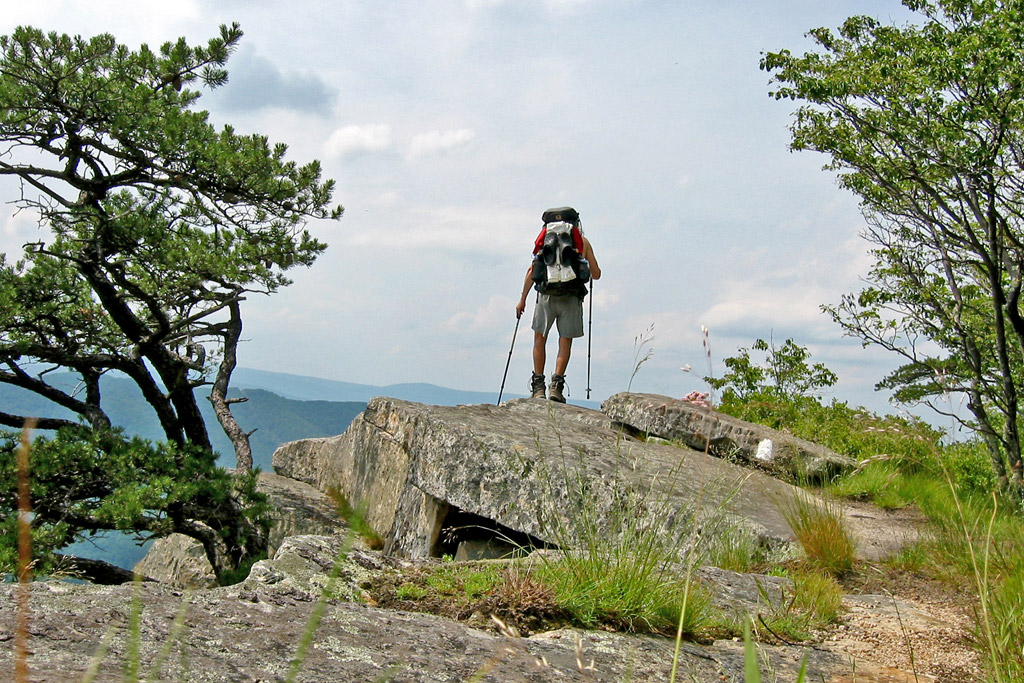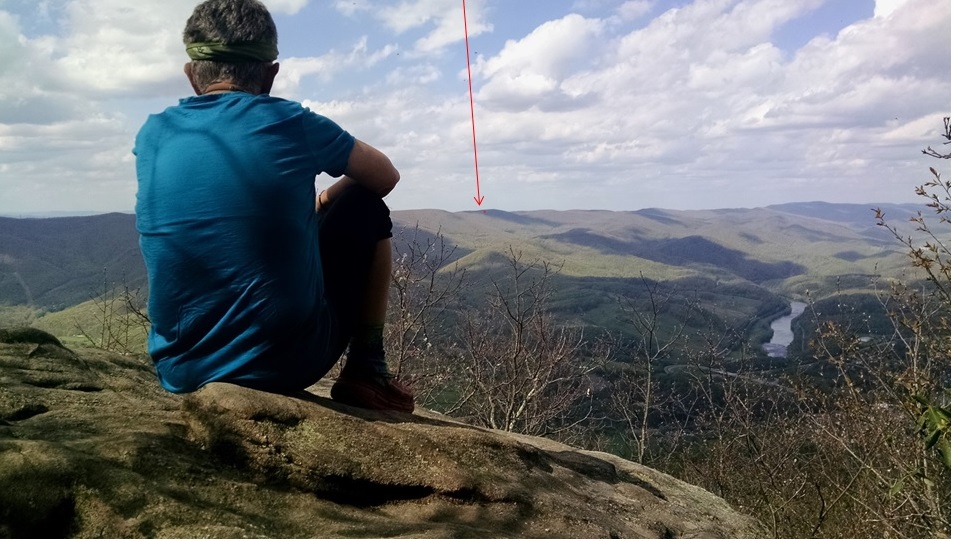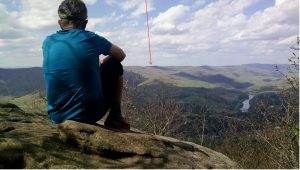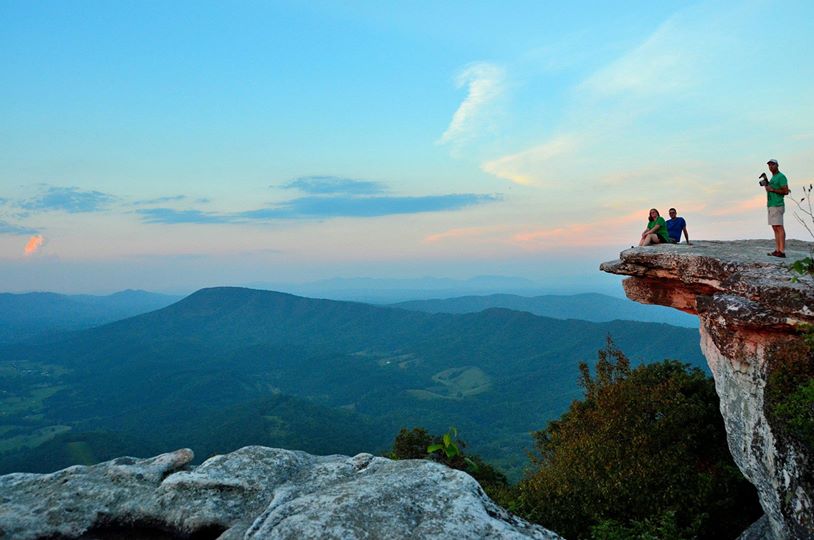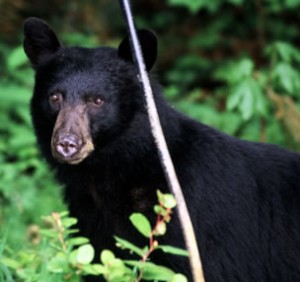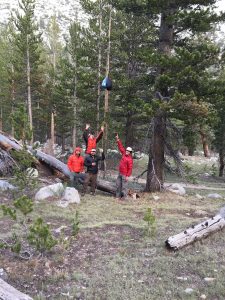ATC: Mountain Valley Pipeline an unprecedented threat to ALL national trails
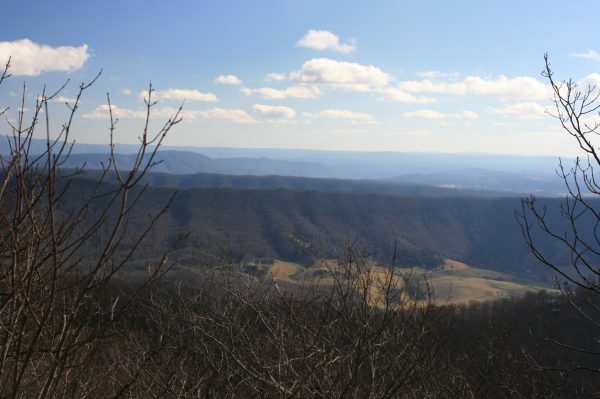
Many small pipelines currently cross the Appalachian Trail, but they are nothing like the proposed new Mountain Valley Pipeline that would be built by a consortium led by EQT, a fracking company based in Pittsburgh, Pennsylvania. The latest edition of AT Journeys, the magazine of the Appalachian Trail Conservancy, has a major article on the threat of this pipeline to all national trails. “Cutting to the Core:Setting a Precedent for Pipeline Proposals” by Jack Igelman. (if you have trouble getting this link to open properly, please right click, copy the link, and paste into a new tab)
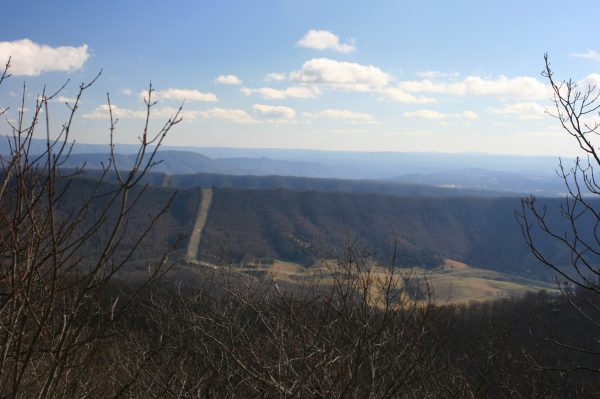
Unlike existing pipelines, this one would be visible off and on for almost 100 miles of the Appalachian Trail in Virginia. In Giles County, the pipeline would cut an ugly swath that would be visible from Kelly Knob on the AT, only about 2 miles away. Even worse, the project would create a 500-foot utility corridor through the national forest that would invite co-location of two or three equally large projects immediately adjacent to this monster.
Gary Werner, executive director of the Partnership for the National Trails System based in Madison, Wisconsin, says the project would set a precedent Read more »

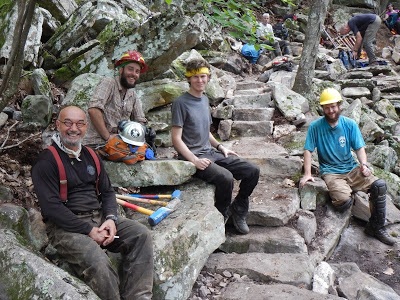 Are you ready to learn new awesome trail building skills? Then the Konnarock volunteer trail crew is perfect for you. No prior experience is necessary, just a desire to help maintain the Appalachian Trail and bond with other volunteers from all around the country. Within the 120 mile stretch of the A.T. near Roanoke, Konnarock has constructed and repaired portions of the A.T. with the help of hundreds of volunteers, but there is always more work to be done. More steps to be added and trails to be widened. Konnarock volunteers learn the significance of trail maintenance out on the A.T., and all the hard work that goes into preserving the land for years to come. Konnarock runs from May 3rd to August 9th with each work week running over the weekend allowing individuals to take minimal work time off during the week. The Appalachian Trail receives around 2 – 3 million visitors every year, but without the hard work of trail volunteers that growing number wouldn’t be possible.
Are you ready to learn new awesome trail building skills? Then the Konnarock volunteer trail crew is perfect for you. No prior experience is necessary, just a desire to help maintain the Appalachian Trail and bond with other volunteers from all around the country. Within the 120 mile stretch of the A.T. near Roanoke, Konnarock has constructed and repaired portions of the A.T. with the help of hundreds of volunteers, but there is always more work to be done. More steps to be added and trails to be widened. Konnarock volunteers learn the significance of trail maintenance out on the A.T., and all the hard work that goes into preserving the land for years to come. Konnarock runs from May 3rd to August 9th with each work week running over the weekend allowing individuals to take minimal work time off during the week. The Appalachian Trail receives around 2 – 3 million visitors every year, but without the hard work of trail volunteers that growing number wouldn’t be possible.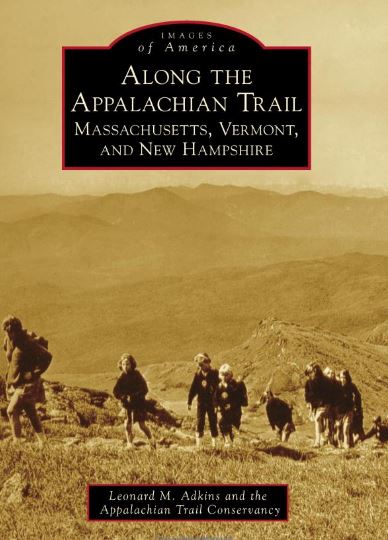 WHAT: Pot Luck and Annual Meeting featuring Leonard Adkins on “Visual Histories of the AT” – vintage photographs selected from the archives of the Appalachian Trail Conservancy, the National Park Service, historical societies, long-time trail enthusiasts, and local Appalachian Trail maintaining clubs wonderful photos. Leonard will have all 6 of his books available. Great as a gift for someone who loves the AT.
WHAT: Pot Luck and Annual Meeting featuring Leonard Adkins on “Visual Histories of the AT” – vintage photographs selected from the archives of the Appalachian Trail Conservancy, the National Park Service, historical societies, long-time trail enthusiasts, and local Appalachian Trail maintaining clubs wonderful photos. Leonard will have all 6 of his books available. Great as a gift for someone who loves the AT.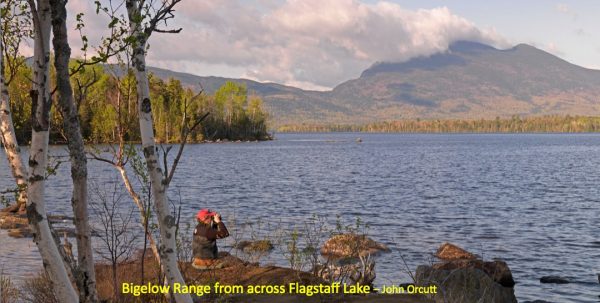 The first time I hiked the AT in Maine, I had to quit early. The challenging pathways were much more than I had expected. The next year, after better planning and training, it was a joy, and Maine is now just about my favorite state on the AT. Where else can you see a moose on the trail?
The first time I hiked the AT in Maine, I had to quit early. The challenging pathways were much more than I had expected. The next year, after better planning and training, it was a joy, and Maine is now just about my favorite state on the AT. Where else can you see a moose on the trail?